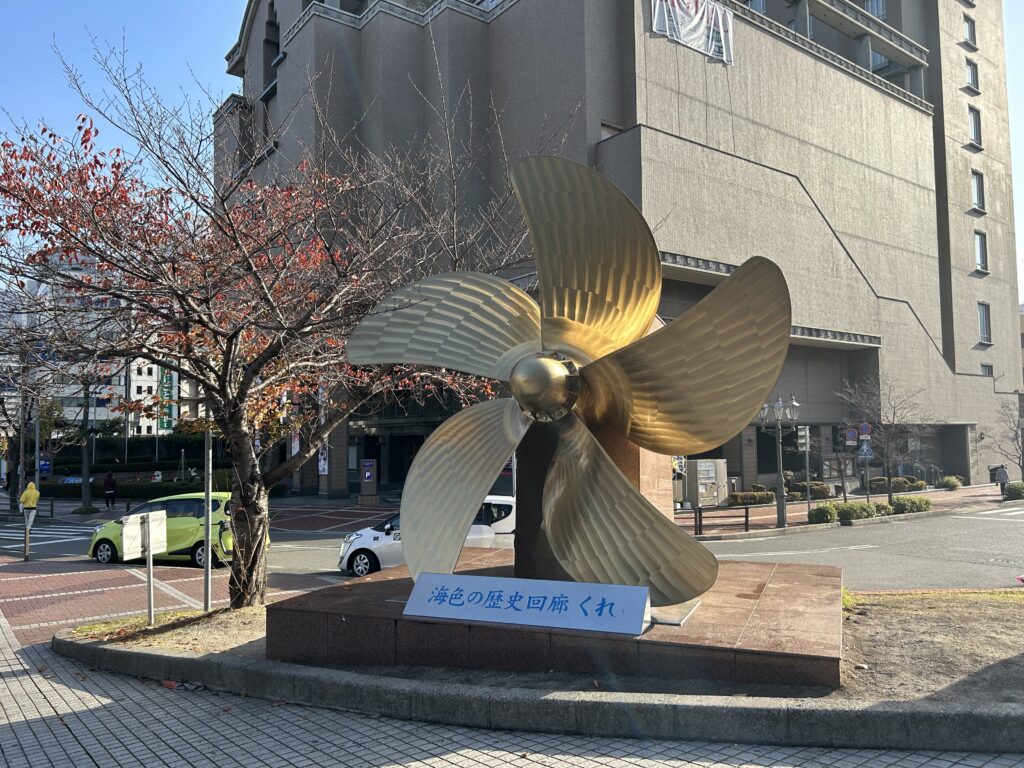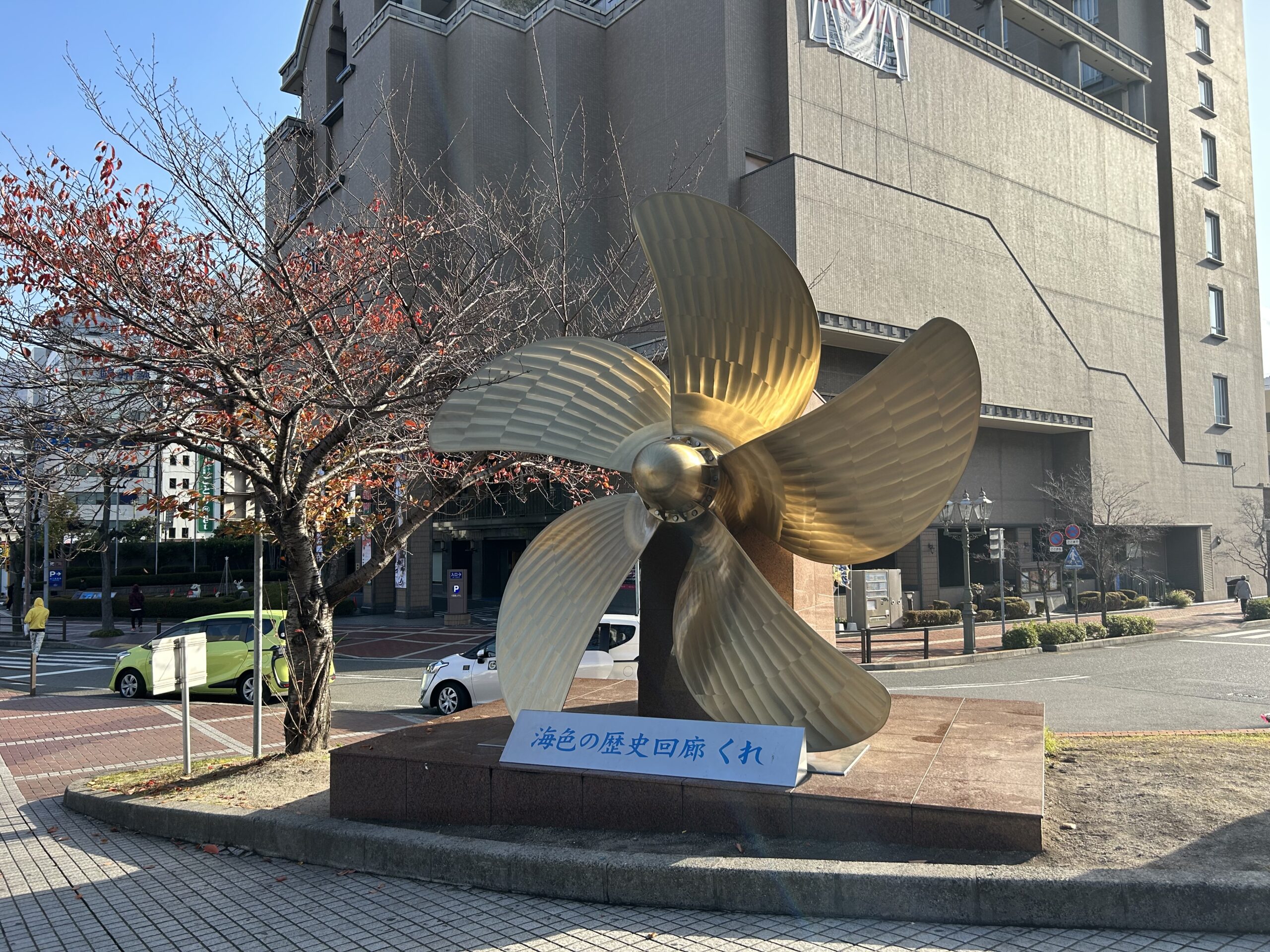
Japanese shipowners are facing difficulties in the realm of “sale and leaseback” (S&LB) deals, a sector that has been a focal point for them in recent years. The S&LB process involves acquiring vessels from foreign shipping companies and leasing them back for rehire. The trend initially emerged around 2018 amid a softening dry market. Since then, the landscape has evolved, with most deals now involving vessels purchased by foreign shipping companies under purchase options (POs), a feature granted to a majority of vessels. Both Japanese shipowners and regional banks are adopting a cautious stance, largely influenced by the escalating dollar interest rates.
Traditionally, Japanese shipowners sold their vessels overseas upon concluding charter agreements and reinvested the proceeds into newbuildings. However, since 2006, investing in newbuildings has proven challenging, partly due to the downturn in the dry cargo market.
Simultaneously, the performance of overseas shipowners and operators witnessed a decline, leading them to sell vessels due to low cash reserves and additional collateral requests from European banks.
In response, overseas carriers altered their strategy, selling vessels to Japanese shipowners after the initial sale. Japanese shipowners financed these acquisitions through loans from regional banks and subsequently offered them back to overseas shipowners on a bareboat basis (BBC), without ship management.
For Japanese shipowners, this presented an opportunity to secure funds for depreciation and for owners of mainly domestic vessels to venture into ownership of ocean-going vessels.
Most of these S&LB vessels include a PO in the contract with the foreign shipowner. The PO can typically be exercised three to five years after the BBC contract is signed, allowing the foreign shipowner to buy back the vessel, particularly when dry bulk market conditions are favorable or second-hand vessel prices have risen.
The escalating prices of newbuildings are the primary driver compelling Japanese shipowners to explore S&LB deals. Most Japanese shipyards’ construction schedules are booked until 2026 due to rising steel prices and orders for large container ships.
However, the current S&LB projects face a significant challenge due to rising dollar interest rates. Since S&LB charter rates are closely tied to changes in interest rates, Japanese shipowners secure dollar loans from regional banks against their dollar-based charter revenues.
Over the past five years, dollar interest rates have increased from around 2% to approximately 5%, making it challenging for Japanese shipowners to meet charter payments. The adverse conditions for S&LBs have led some Japanese shipowners to increase the number of “debt-free” ships, paying off existing ship loans as a strategic move.”
■日本船主、「2周目」のS&LB案件に苦慮。=ドル金利上昇、PO行使船が対象。
日本船主のここ数年の主戦場だった海外船社の保有船を購入、再用船で貸し出す「セール&リースバック」(S&LB)案件が難航している。ドライ市況が軟化した2018年頃に始まった最初のS&LB案件から5年が経過。大半の船舶に付与されていたPO(パーチェス・オプション=選択購入権)で海外船社が購入した船舶が対象だ。ドル金利の上昇もあり、日本船主、地方銀行ともに慎重姿勢を見せている。
日本船主は従来、用船終了後に保有船を海外に売船、その売船益を基に新造船に投資してきた。しかし、18年以降はドライ市況の低迷もあり、新造船への投資が難航。
同時に海外船主兼オペレーター(運航船社)の業績も悪化。海外船社は手元キャッシュが薄くなったことや、欧州銀行からの追加担保を求められ、保有船を売却する姿勢を取った。
一方、海外船社は保有船を売却した後もカーゴ・オーナー(貨物の輸送契約者)として一定の船舶が必要な状況に変わりない。
そこで、海外船社は保有売船を日本船主にいったん売却する方針に転換。日本船主は船舶購入資金を地方銀行からの融資で賄い、その後、船舶管理を付けない裸用船(BBC)で海外船社に再用船に出すS&LB案件が増加した。
海外船社としては売船益でキャッシュを確保できるメリットがある。日本船主としては償却財源の確保のほか、内航船を中心の船主が外航船の保有事業者として第一歩を踏み出すチャンスとなった。
こうしたS&LB船の大半は海外船社側にPOが契約内容に含まれる場合が大半だ。
BBC契約から3-5年後、海外船社はPOを行使できる状態になる。
海外船社は用船期間が一定過ぎた後、ドライ市況がS&LB契約時よりも上昇したり、中古船価格が増加していればPO権を行使するケースが大半である。
海外船社は日本船主に契約時に決めた船舶購入権を支払う。同時に海外船社は買い戻した船舶を上昇した市場で売却することも可能になる。一般的にPOを行使した海外船社が日本船主に支払う購入金額よりも、海運市場で売却した船舶の売船益の方が「市況上昇のタイミング次第でははるかに大きな利益を得られる」(商社船舶部)
海外船社はPOを行使した船舶を売却せずに、上昇したドライ市況下でスポットや定期用船で運航する選択肢もある。
足元ではそうしたPOが行使された船舶を再び、最初の日本船主とは異なる日本船主を対象にS&LB案件として商社やブローカー経由で持ち込まれているという。
日本船主がS&LB案件を検討せざるを得ない最大の理由は新造船価格の高騰にある。
足元は鋼材価格の上昇、大型コンテナ船の発注で日本造船所の建造スケジュールは2026年まで埋まっているケースが大半だ。
「造船所が新造船価格を提示できないケースさえある」(日本船主)
一方、足元のS&LB案件ではドル金利の上昇が大きな課題となる。
S&LBの用船料はほぼ金利変動で損益が決まるため、ドルベースの用船料収入に対し、日本船主は地銀からドル融資を受けている。
過去5年間でドルの金利は2%前後から5%前後まで上昇。「足元のドル金利ではBBC用船料が回らない(赤字)状況になる」(日本船主)
海外船社、日本船主ともに過去3年間のドライ市況の上昇で利益を積み増した。とくに日本船主は1ドル=145円―150円の円安で円換算での用船料収益は大幅に増加している。
本来、新造船の投資の資金になるはずだが、新造船価格の高騰、新燃料が定まらず、日本船主の投資方針も定まらない。
S&LBの条件も悪い中、一部の日本船主は既存船の融資を完済する「デット・フリー船」(無借金船)を増やす方針を打ち出す船主も出ている。
